5 Tips to Improve Your Spring Landscaping
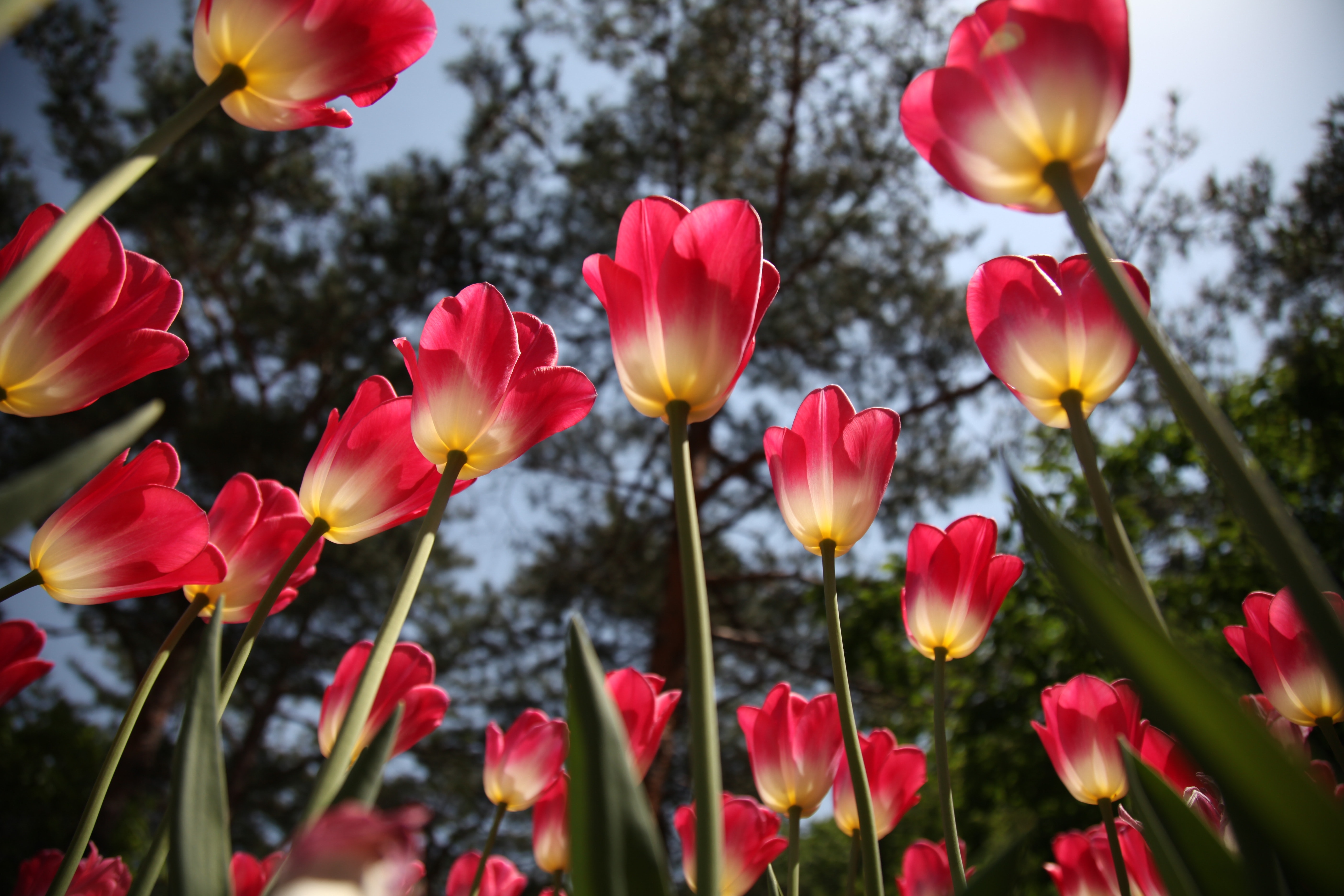
5 Tips to Improve Your Spring Landscaping
The days are getting longer. The temperatures are getting warmer. The birds can be heard outdoors once again, chirping the moment you wake up. It can mean only one thing: Spring has arrived — and with it, a fresh opportunity for landscaping.
From decorative new plantings to budding flowerbeds to irrigating a lush, enviable green lawn, landscaping for spring doesn’t have to stay a fanciful wish list. In fact, it shouldn’t. Homeowners can refresh the current template of their yards through simple maintenance solutions or level-up their lawns and landscaping beds with a few expert spring landscaping tips.
Whatever’s on your radar, we’ve compiled five fresh ideas to revitalize your spring landscaping.
1. Inspect and Spruce Up Trees and Shrubs
Great spring landscaping starts with a staple of most yard types: trees and shrubs.
Often overlooked, trees and shrubs can draw the eye to particular spots on your lawn, enhance hard and soft landscaping features and provide a complete, finished feel to any outdoor space. They’re also as much about form as function.
Tall shrubs can be sculpted around the perimeter of a property to act as a natural-looking fence or work as partitions within a yard for enhanced privacy. Likewise, the character and elegance trees lend a lawn are bolstered by their shade on a warm spring afternoon. Whether you plan to plant a new tree type or want to take better care of the beloved ones already shading your backyard, you should know the ways to revitalize seedlings.
It’s paramount to inspect the health of your trees and shrubs after the wear and tear of a long winter. Stay on the lookout for a number of common seasonal effects, or consult a tree and shrub care expert for their insight and help with the following steps.
Remove Dead or Diseased Branches
For trees and shrubs alike, dead or listless branches are your property’s most likely source of household, garage or yard damage. They should be pruned first thing, as they’re liabilities for your home and property during the strong winds and turbulent storms commonly seen in spring.
Remember not to get antsy though. Give yourself a buffer room of a few weeks in mid-spring to make sure you’re chopping off genuinely dead branches and not just dormant late bloomers.
Trim Overgrowth and Groundcover
The overall health and vitality of your shrubs, as well as any plants or flowers surrounding their bases, depends on maintaining shrub overgrowth. Use hedge trimmers to keep their overflow neat and attractive. Keep an eye out for patches that grow particularly fast, or conversely, gaps or holes that develop. Shrub and tree pruning is essential to keeping up the polished look of your overall landscape as well as encouraging healthy shrub or hedge regrowth.
Determine Tree or Shrub Fertilization Needs
Like your lawn, trees and shrubs require surface and deep-root fertilization to maintain optimal health. There are lots of specially made fertilizers for these plant types, each containing formulas to match their exact nutritional needs. Fertilizing your trees and shrubs will also lower their risks for insect infestations or harmful diseases, all while fortifying these plants from environmental stressors.
2. Fertilize Your Lawn
The next item on the spring landscaping maintenance list gives your lawn a little lovin’. Winter’s rain and snow saturation, combined with the compositional changes of constantly frozen ground, means your spring lawn would be remiss without fresh fertilizer.
Businesses providing professional lawn fertilization in northwest Indiana are the best option for serious spring landscapers. An avid “do-it-yourself-er” can follow their same general steps, but a fertilization technician’s expertise means you get the best quality products, application techniques and certified safety steps for your lawn. You’ll have one less thing to worry about and labor over, and using a professional will likely result in enhanced grass growth and a healthier lawn.
A proper fertilization process will incorporate the following techniques.
Determine the Soil’s Nutrients
Preparing a soil test allows you to understand the exact nutritional makeup of your lawn’s soil, whether it lacks in specific compounds or comes too saturated in others. Fertilization technicians will use the results of a soil test to select the appropriate nutrient-rich fertilizer specific for your spring lawn.
Most fertilizers have a formula balancing the positive-charged and negative-charged nutrients most common in soil’s chemical makeup. They also fight against common lawn weeds like crabgrass and dandelions while encouraging grass’ fundamental root growth and cell-wall development.
Choose Your Fertilization Method
Once you understand the nutritional makeup of your landscape’s soil, you must then select a proper fertilization method. But remember, not all applications are equal. Just because you’ve sprinkled a particular type in the past doesn’t mean it was correct — or even the best buy for landscaping in spring.
A fertilization technician is certified across these application methods. They’ll know the ins and outs of controlled or slow-release fertilizers, pre-emergent or post-emergent blends or spot treatments versus blanket sprays. All these variables will ensure the freshest spring landscaping project and a healthy lawn carried into summer.
Know Exactly How Much Fertilizer You Need
The right fertilizer applied at the right time — in the right amount — is a winning recipe. Your process of landscaping in spring must take into account healthy fertilizer dosages, as well as timing those doses for the right weather patterns and even time of day. Buying in bulk isn’t always recommended. The safe storage of fertilizer, as well as post-use potency, are common household concerns — especially for those with children or pets.
Check Local Fertilizer Regulations
Many municipalities have specific laws on what fertilization types and techniques are permitted and in what zones. These regulations come rooted in community safety, addressing concerns such as chemical runoff and air pollutants carried within many conventional fertilizers, pesticides and herbicides.
Don’t Forget Trees and Shrubs
Early spring offers a great chance to take care of all your fertilization needs in one swoop. From the grass on your lawn to the trees and shrubs that adorn it, fertilizer is to spring what snow is to winter. Consider what kinds of fertilizers are needed for each plant type in your yard, plus any unique application details or safety steps they may require.
3. Prepare Your Mower
Spring landscaping doesn’t stop when the lawn, trees and landscape beds look nice — it means prepping and maintaining the equipment that cares for those plants too.
Lawnmower maintenance is critical for the health and vitality of your grass. Overgrown lawns lead to all sorts of issues, from increased vulnerability to weeds, pests and diseases to more extreme problems like fire susceptibility. To improve your spring landscaping, you must make sure you’re taking care of the things that take care of your lawn — not keeping them an afterthought.
Proper mower maintenance keeps this appliance efficient, cost-effective and long-lasting, with a functioning lawn mower giving you 15 to even 20 years of life. Start your spring by touching base with your mower’s owner’s manual, then move on to some of the maintenance procedures below.
Check Oil and Gasoline Levels
Old gasoline is the chief reason mowers tend to stall — or worse, not start at all — in early spring. After all, these appliances have been sitting dormant in your shed or garage, feeling the effects of winter’s chills and varying moisture levels. Prepare ahead of time by running all excess gas out of your lawn mower after your last seasonal cut, or drain and swap with fresh gasoline once warm weather hits.
Check your machine’s oil as well, using its color to gauge whether it’s been tainted or contaminated. Contaminated oil will often appear much darker in color, and its consistency will likely come altered as well. Similar to the process with gasoline, periodically replace your oil with a fresh supply to ensure your mower runs at its peak.
Sharpen Mower Blades
A mower with dull blades can cause more problems than it solves. Flat or dull blades will grind, clump, tear and rip grass in a spotty and damaging manner, ultimately decreasing both the appearance and health of your lawn.
Use a vice and metal file to sharpen your lawnmower’s blades. Given the nature of the task, you can also have a mower repair shop, retail store that sells motors or landscaping company sharpen your blades. Such professional mower servicesensure you’re getting the cleanest mower cut and blade tuneup — and keep your fingers safe too.
Adjust to Higher Mowing Height
Setting your mower to a greater height safeguards from your blades from cutting grass too short. Grass cut below two inches generally begins to yield damaging results, from brown spots to patchy lawns unable to regrow.
Grass stunts and loses its ability to bounce back when mowers trim too much of the photosynthesizing portion of its blade. The grass blade will then draw too much energy from root reserves. Once a blade starts doing so, it has effectively begun a depletion process that may result in wide-scale grass death.
Your mower should sit at a height where it trims no more than a third off the top of your grass. Combine this strategy with freshly sharpened mower blades, and you’re sure to encourage a clean-cut, vibrant lawn.
4. Add Mulch
Mulch is a fantastic addition to any landscaped area. From surrounding the base of a patio to preventing problematic areas of weed growth, it should be a welcome part of your spring project. Its range of colors and chip types also makes mulch a simple way to freshen up a landscaping look. What’s more, it offers a variety of functional yard benefits.
Nutrients
Tree clippings, wood chips and bark are common mulch types that, over time, break down and complement the nutrients of the soil below. These components help keep soil soft while permitted water and air passage. There’s still plenty of room beneath your mulch for healthy, desirable plant roots to grow, all with an added protective layer.
Weed Control
Mulch is often used to cover new or concerning patches of ground to prevent common weed problems. While it doesn’t stop weeds that have already germinated in the ground, it works as a preventative barrier for freshly planted grass, shrubs, trees and certain flower beds. It blocks new weed seeds from taking root while still allowing necessary sunlight and water absorption needed for desired plants.
Erosion Prevention
In landscaping areas with heavy amounts of gutter or rainwater runoff, mulch works as a seal, aiding in proper water retention. On hills and yard slopes, it works similarly to keep soil in place. Any elements of nature that pose a threat to newly planted seedlings are protected by a layer of mulch, making it ideal for young flowerbeds or any fresh additions to this year’s spring landscape greenery.
Temperature Insulation
In the warmer months of spring and summer, mulch shades new plants from direct sunlight and keeps soil temperatures cool and damp. In transitional periods, such as early spring or early autumn, mulch has a complementary effect. It retains a healthy amount of steady heat and protects against unexpected frost.
5. Inspect Your Irrigation System
Many people forget to check their yard and landscape bed sprinkler systems regularly. After all the hard work put into designing, planting and tending a spring landscaping project, a properly functioning irrigation system is the final step to keep your yard in the condition you desire.
Top irrigation-system specialists install sprinkler systems specifically for your yard’s needs. The best irrigation systems can be automated to target particular areas without overwatering. These systems also come with servicing during their peak usage periods in spring and summer, as well as maintenance in their offseasons.
You and a local irrigation specialist should inspect your system for the following.
System Startup
Before first use in the spring, check and adjust key sprinkler heads. Test your water controller and water pressures, and make any necessary repairs, especially after a hard winter.
Cross-Connection and Backflow Testing
Irrigation systems must meet the water-flow requirements set by your state and local laws. There can be severe consequences if your water system’s backflow preventer doesn’t reallocate water to the proper district water treatment plant or department. Older water systems, in particular, may face erosion, chemical buildup and moisture challenges, all of which will affect the reliability and efficiency of your system.
Proper Winterization
A comprehensive spring landscaper will take into account the wear and tear on their irrigation system once winter returns. Properly winterizing your sprinklers means allowing certified specialists to clean all irrigation lines and blow-out aerate them to remove leftover moisture and residual chemicals. These professionals will also ensure all parts and systems are fully secured and protected against the water damage from winter.
Ricci’s Landscape Management is here for all your landscaping needs. As a full-service lawn care and landscaping company, we sweat the details so that you don’t have to. In fact, we’re one of the area’s industry leaders — and we don’t take that reputation lightly. With award-winning lawn and landscaping technicians serving northwest Indiana, we walk the walk and talk the talk across the following residential applications:
- Outdoor audio and lighting
- Custom landscaping
- Lawn fertilization and maintenance
- Mosquito and pest repellent
- Drainage solutions
- And so much more
Our central location makes serving homes in Valparaiso, Crown Point, Chesterton, Munster and the surrounding areas a breeze. Contact our technicians today to chat about your spring landscaping needs or have maintenance questions answered.

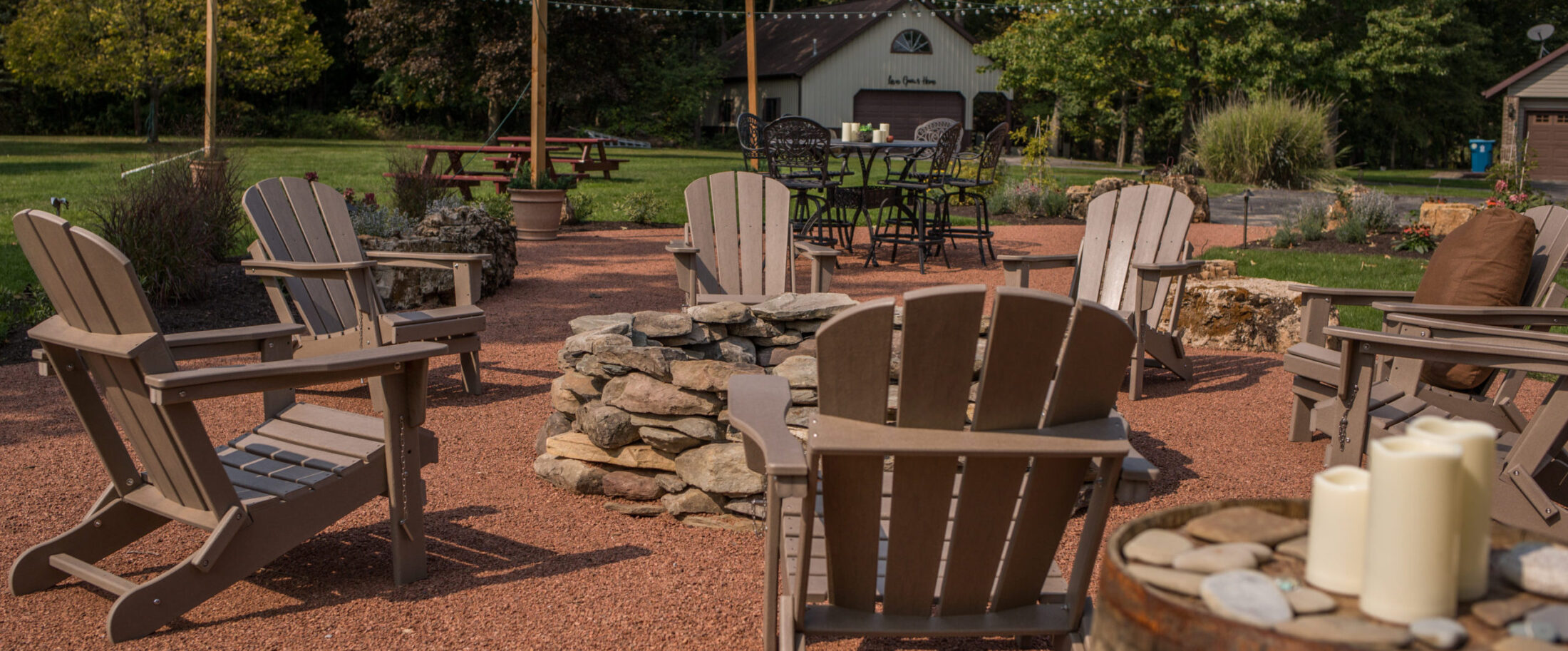

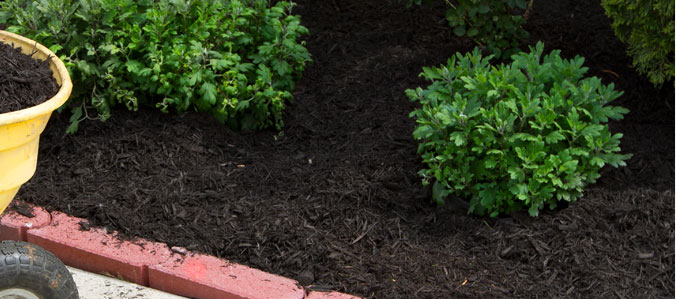
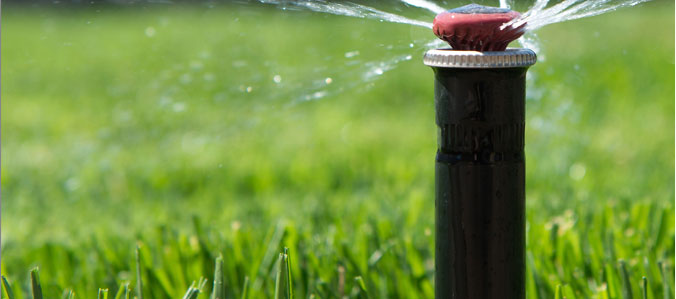
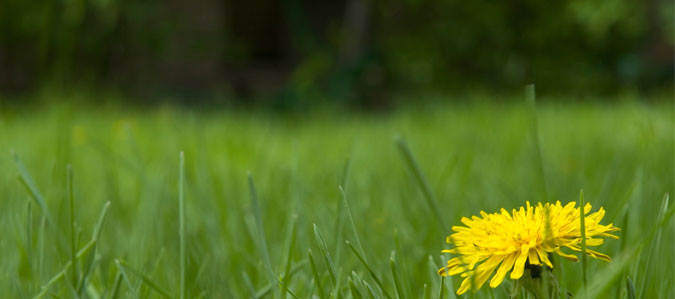

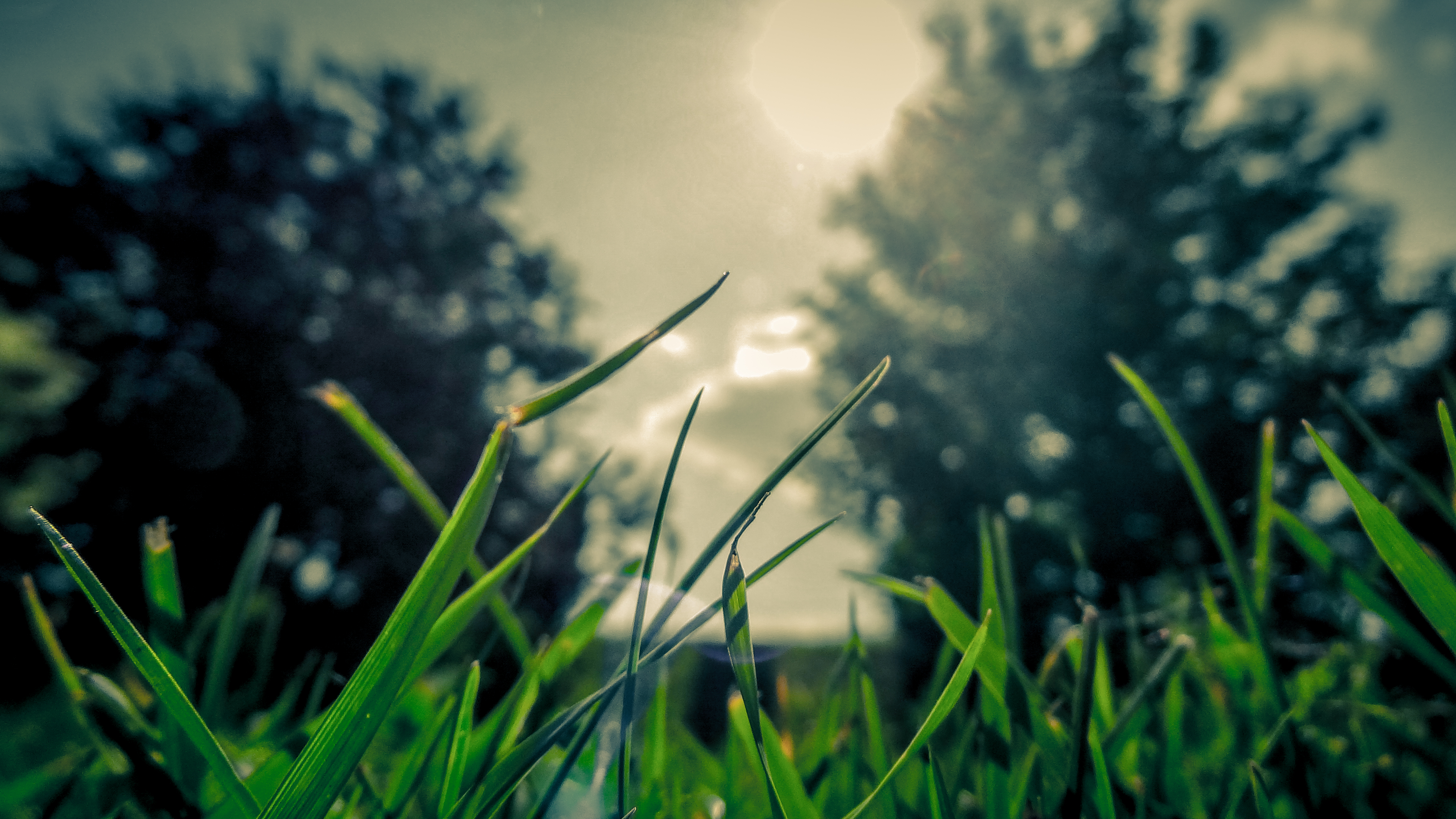
7 Responses
Spring will be here soon, so I need to start planning what I need to do for landscaping. I want to make sure I prep it as much as possible too. It’s good to know that the first thing I will need to do is inspect trees and shrubs and remove any dead or diseased branches. That won’t just make things look better, but will keep my yard safe, like you mentioned.
I agree with you when you said that owners can refresh the current set up of their yard by landscaping. My grandmother’s yard is full o full grown trees. We want to landscape it to a garden looking yard. The trees must be pruned and the shrubs must be trimmed. We’ll look for landscaping service near the are to help us do the work.
I really appreciate your tip to choose a landscaper that knows the ins and outs of the fertilizer that you want to use. My wife and I have been thinking of getting some fertilizing equipment to help our flowers look good this summer, but we didn’t know there were so many types. I will be sure to find a landscaper to make that choice for us.
My mom wants to have our yard improve because it looks dry and worn out. It was explained here that tall shrubs can be sculpted as a natural-looking fence. Moreover, it’s recommended to hire professionals when in need of landscape maintenance.
I appreciate your tip about how mulch can act as a temperature insulator. My lawn is completely dead and only has a few patches of grass. I’ll have to hire a landscaper to reseed my lawn so it can be green again.
Thank you for these tips on how to improve a home’s landscaping. What you said about how a homeowner should consider dealing with weed problems is a great idea. My friend is looking for a way to improve his lawn and these ideas are perfect. I’ll go ahead and share this with him. If he finds it too much of a hassle, I’ll suggest that he hire professional landscaping services instead.
Awesome.! thank you so much for sharing your helpful tips.